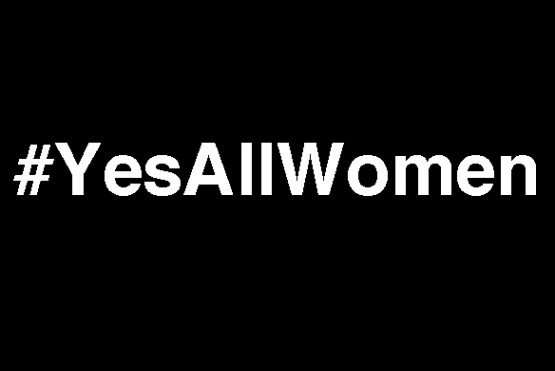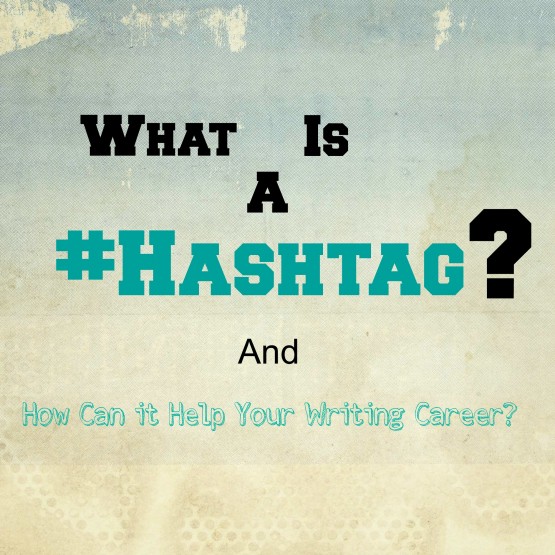(Repost) #whydowedothis ? – Twitter Hash Tags Explanation

(Editors Note – Wednesday May 28, 2014)
Article Originally Published on: Oct 15, 2011 @ 19:46 by Rylan BranchWith the news of the Santa Barbra CA massacre and subsequent social dialogue that is occurring as a result of it, the decision has been made to republish this article to explore the reasons why we do what we do, including but not limited to using hashtags in our online social statements.
There does appear to be a trend that lends more towards a selfish and vain attempt to appear kool amongst ours peers and to the public with the use of non relevant but hip sounding hashtags, as opposed to the original reason that they were implemented in the first place, which was to bring individuals together under one common subject of interest and discussion in which many can participate.
In closing, the tragedy does bring us back to the explorations of why individuals do what they do for better or worse so yours truly as the author of this article will add my own 2 cents with a hashtag that states #YesAllWomen as well as #AllMen can and should become more conscious and aware of our thoughts and behaviors by asking #whydowedothis ?
(End Note)
‘

The more I grow and know, the more square I seem to become in the process, so today’s entry in the tech gadgets section is simply an attempt to answer my own questions that for all I know, may be on the minds of others as well, or is now that it has been mentioned.
Throughout the history of the Social Media phenomenon known as “Twittering”, I have seen these hash tags “#” become somewhat of a literal cultural icon similar to the way that the “@” symbol has become a universally understood way of stating the term “at”.
The Twitter hash tags has a significance in the since that the symbol is still commonly used as a numbers sign, and if there is someway to make it so that they are the same in both instances (Twitter & Numbers) then perhaps it is time to open up an investigation and subsequently Pimp The System by making it work in the most effective way.
Again, the feeling of squareness is what has led to this search because as embarrassing as it may be for me to say, watching shows like 106 & Park and others where the usage of this symbol and Twitter social media service does not answer my questions as to why in the world people do what they do with it, other than the fact that its the thing that people do because many people do it, which is definitely anti-pimp to the fullest extent.
The Solution?
Well, from what I know, Twitter and most websites that are effective at serving the needs of its viewers/users will list the descriptions of the services so that the occasionally square people such as myself may find the technical and rational descriptions about popular and trendy things that many of us do.
via Twitter Help Center
What Are Hashtags (“#” Symbols)?
Definition: The # symbol, called a hashtag, is used to mark keywords or topics in a Tweet. It was created organically by Twitter users as a way to categorize messages.Hashtags: helping you find interesting Tweets
•People use the hashtag symbol # before relevant keywords in their Tweet to categorize those Tweets to show more easily in Twitter Search.
•Clicking on a hashtagged word in any message shows you all other Tweets in that category.
•Hashtags can occur anywhere in the Tweet.
•Hashtagged words that become very popular are often Trending Topics.Example: Below, @VegNews added the hashtag before the word “vegan” in their message. The word is now a link to search results for all Tweets containing “#vegan” in the message.
Using hashtags
•If Tweet with a hashtag on a public account, anyone who does a search for that hashtag may find your Tweet.
•Don’t #spam #with #hashtags. Don’t over-tag a single Tweet. (Best practices recommend using no more than 3 hashtags per Tweet.)
•Use hashtags only on Tweets relevant to the topic.Further Discovery and Reading
•The third party site hashtags.org offers an overview of popular hashtags used on Twitter. Find out about trends, look at small, pretty graphs, and search to see if the hashtags of your fantasies exist.
•You may also want to read this article about hashtags, which appeared in The New Yorker magazine.https://support.twitter.com/articles/49309-what-are-hashtags-symbols
Got it?
Good, now on with the show.


